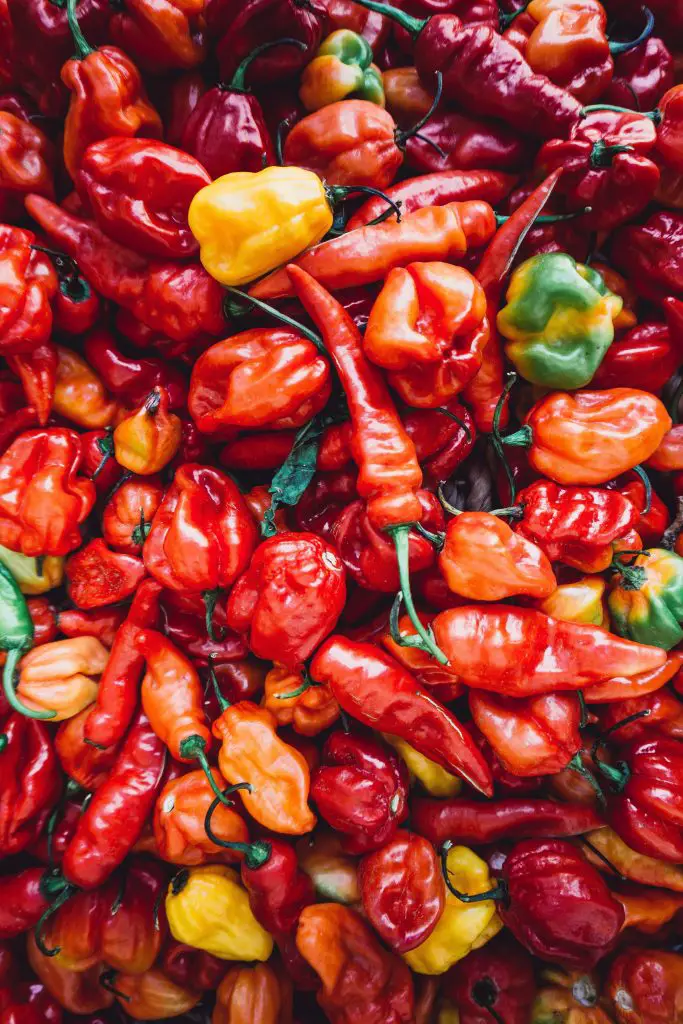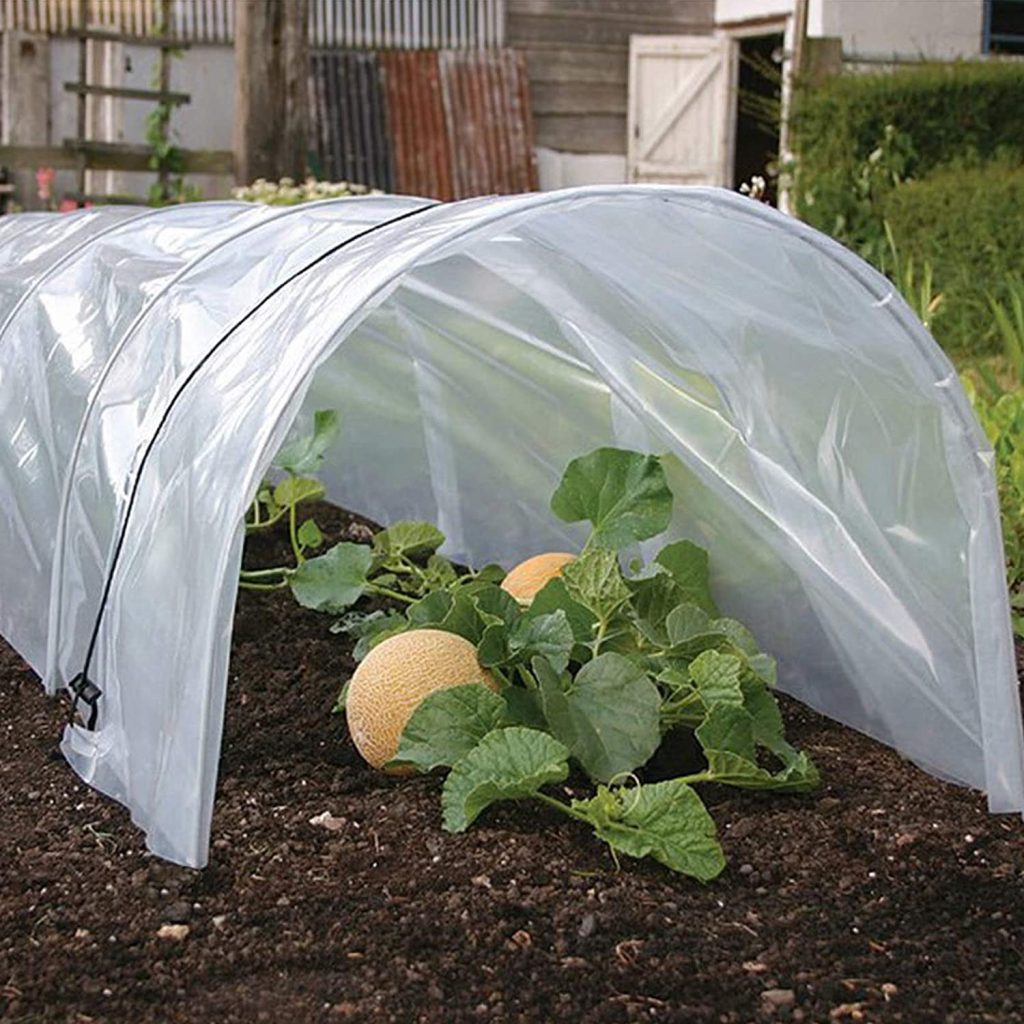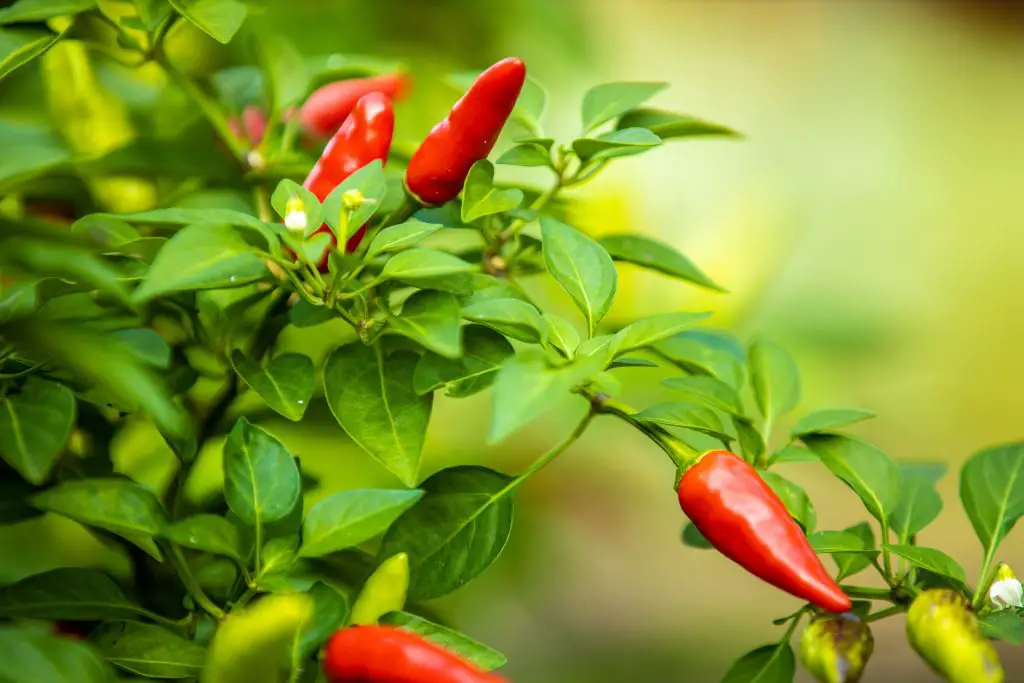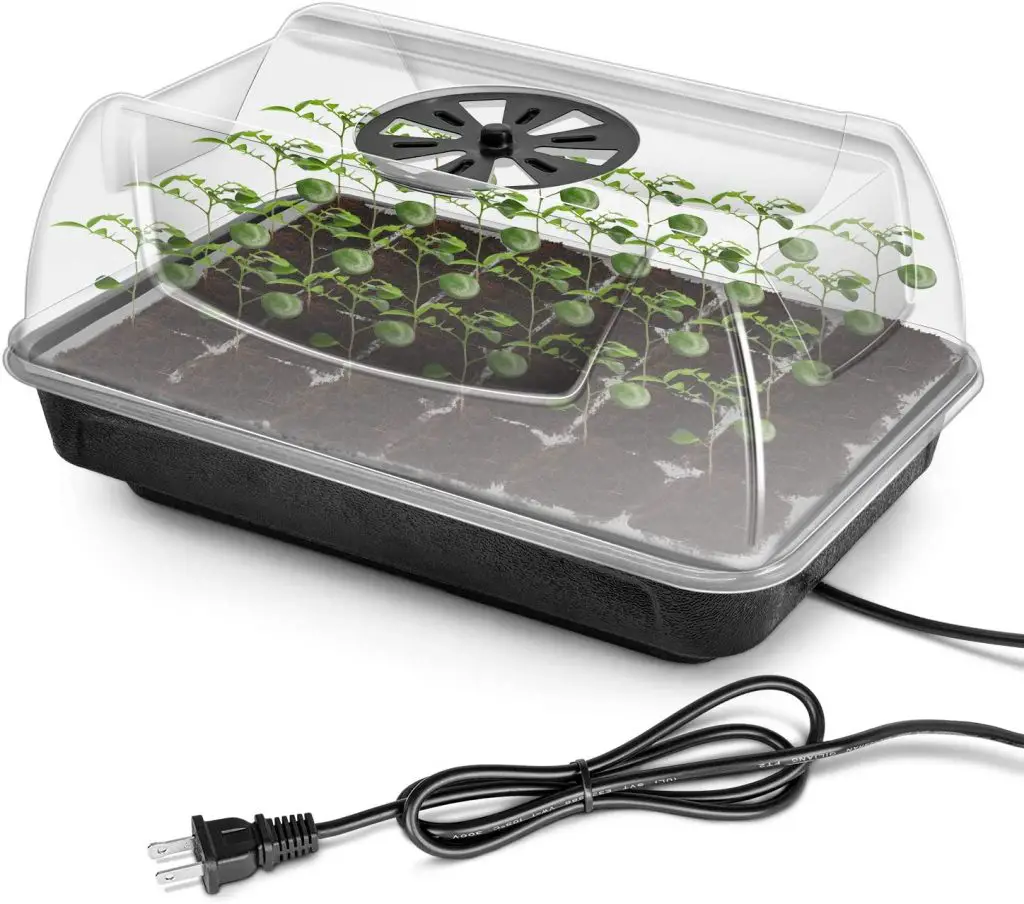How Long Does It Take Pepper Seeds To Germinate? Peppers are an extremely popular plant to grow at home but sometimes people find it difficult to get the seeds of peppers to germinate. One of the most common questions asked is how long does it take for pepper seeds to germinate?
Pepper seeds will take approximately 7 to 14 days to germinate at temperatures roundabout 68 to 95°F (20 to 35°C) according to a study published by the University of California. However, the rate of germination is significantly affected when the temperature falls lower than 59°F (15°C) and below 50°F (10°C) the seeds will not germinate all. The table below shows the impact of temperature on the rate of germination;
| Days To Germinate | Temperature (°F) | Temperature (°C) |
| – | 32 | 0 |
| – | 41 | 5 |
| – | 50 | 10 |
| 25.0 | 59 | 15 |
| 12.5 | 68 | 20 |
| 8.4 | 77 | 25 |
| 7.6 | 86 | 30 |
| 8.8 | 95 | 35 |
| – | 104 | 40 |
So if you live in a region that has relatively cold winters it is critical to sow in a seed tray inside your house. However, as the temperature within many homes can fluctuate significantly the only reliable way to get pepper seeds going early on is to use a heated propagation tray.
If you are intending on purchasing one we recommend that you buy one that has a removable seed tray and a humidity dome. The reason for this is that the seed tray is the component that deteriorates first so being able to replace this part of the unit is critical to ensure that you maximize the life of the unit.
The humidity dome will ensure that any heat supplied to the seedlings is retained for as long as possible around the seedlings ensuring a consistently warm environment with plenty of moisture. To see the latest price for this type of item click on the link below to visit Amazon.
Do Pepper Seeds Take Longer To Germinate Than Other Seeds?
Generally, pepper seeds do require more heat than other plants in the Solanaceae family such as tomatoes which means that they are generally slower to get off to a start than many other heat-loving plants.
Most plants included in the study by the University of California typically take around 5 days at 77°F, the only exceptions to this are things like parsley and parsnip which are notoriously slow to germinate even in ideal growing conditions.
Do Pepper Seeds Need Light To Germinate?
Pepper seeds can germinate without the presence of light, however, once the seeds sprout they must have a source of light. As a result, it is advisable to plant pepper seeds at a depth of less than half an inch as the seeds are relatively small.
When planting them into your seed tray it is important to put two to three seeds per cell as that will ensure that you get at least one plant in each cell. If all the seedlings come up select the strongest seedling to keep and discard the other plants.

How To Grow Peppers
As mentioned earlier in the article peppers are one of those plants that is extremely heat sensitive and generally require extremely warm conditions to thrive. This means that to get a good result from the plant you need to protect it from the elements early in the season and later in the season when the conditions are less than less-than-ideal.
The seeds should be planted into a specific seed raising mix rather than in general compost or soil from your garden as that is likely to contain other weed seeds and pathogens. Once the seeds have been planted they will typically need to spend at least 6 to 8 weeks in the seed tray before they can be planted out into the garden.
During this period is important to ensure that the seedlings do not dry out and they have a reasonable light source which could be natural light or you can also apply an artificial light. This is important because without a reasonable light source the seedlings will search for more light and become leggy.
Once the plants are large enough they can be planted out into the garden but only when the temperatures are around 68°F (20°C) and generally even temperatures higher than that are preferable for the plants.
One of the ways that you can lift the temperatures around the plants is to use either a cloche or row cover. Cloches can be made from old milk cartons with the bottoms cut out or you can purchase row covers that are relatively tall as this will ensure that you can protect the seedlings until the weather really becomes reliably warm.
Doing this will ensure that you get a fast start to the growing season and will speed up the harvest significantly. If you do not have a row cover the one that we would recommend is provided below. To see the latest price on Amazon click on the link below.

Extend Your Season With Growsun Row Covers
In addition to protecting the plants from the weather, it is also advisable to apply snail pellets around the seedlings when they first go out into the garden as they can be susceptible to attack from slugs and snails.
In terms of plant supports pepper plants generally require less support than tomato plants because they have stronger stems and the plants are also smaller. In many cases, you can get away with not supplying any support at all or if you are concerned just a single cane next to the main stem is more than sufficient in most cases.
The seedlings will progressively begin to produce flowers through the warm months of the year before converting into fruit over time. The peppers can be harvested at any stage once the fruit is large enough, however, if you want to increase the sweetness of the fruit you can wait until there is a color change as this is an indication that the fruit is ripe and ready to be picked.
Towards the end of the seasons when the colder weather is coming you may consider reapplying the cloches and row covers to keep the plant going for as long as possible. However, as peppers are frost-sensitive if they are exposed to a hard frost it will usually kill the plant.

However, it is possible to overwinter the plant by digging it up just before this occurs and bringing it inside. Before this happens it is best to trim the plant and harvest the remainder of the fruit to keep the plant as small as possible. The plant needs to be kept in a frost-free area for the winter so that it can survive.
The main advantage of doing this is that you will get peppers early the following year, however, in many cases, most gardeners plant new seeds every single year.
I hope you found this article useful and have great success growing peppers at home if you have any additional comments or questions please leave them in the section below.
Relevant Articles
What Are The Different Types Of Hot Peppers?
Can You Plant Seeds From A Store Bought Bell Pepper?
Are Dried Peppers Hotter Than Fresh Ones?
How Much Does A Bell Pepper Plants Produce?

